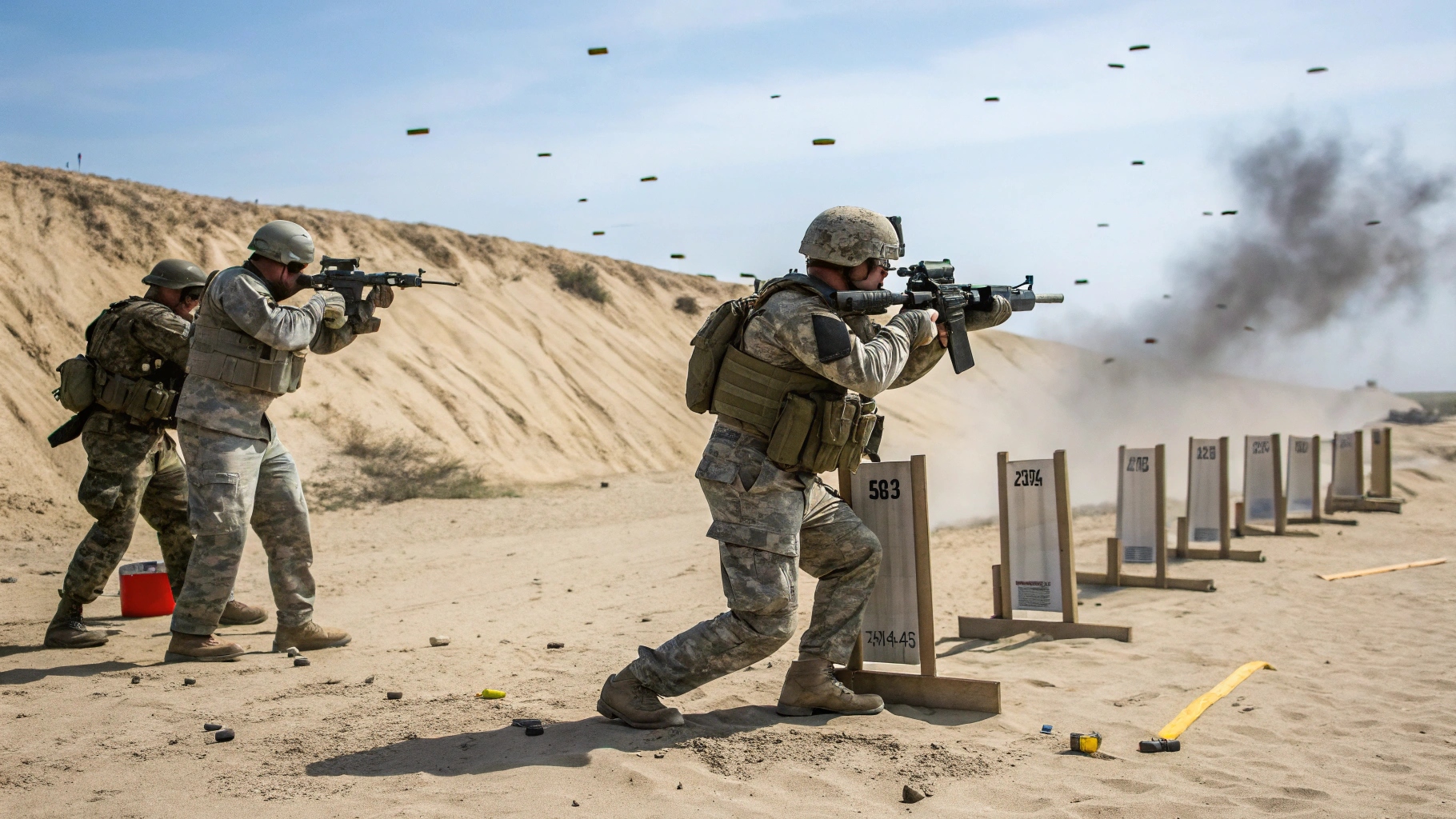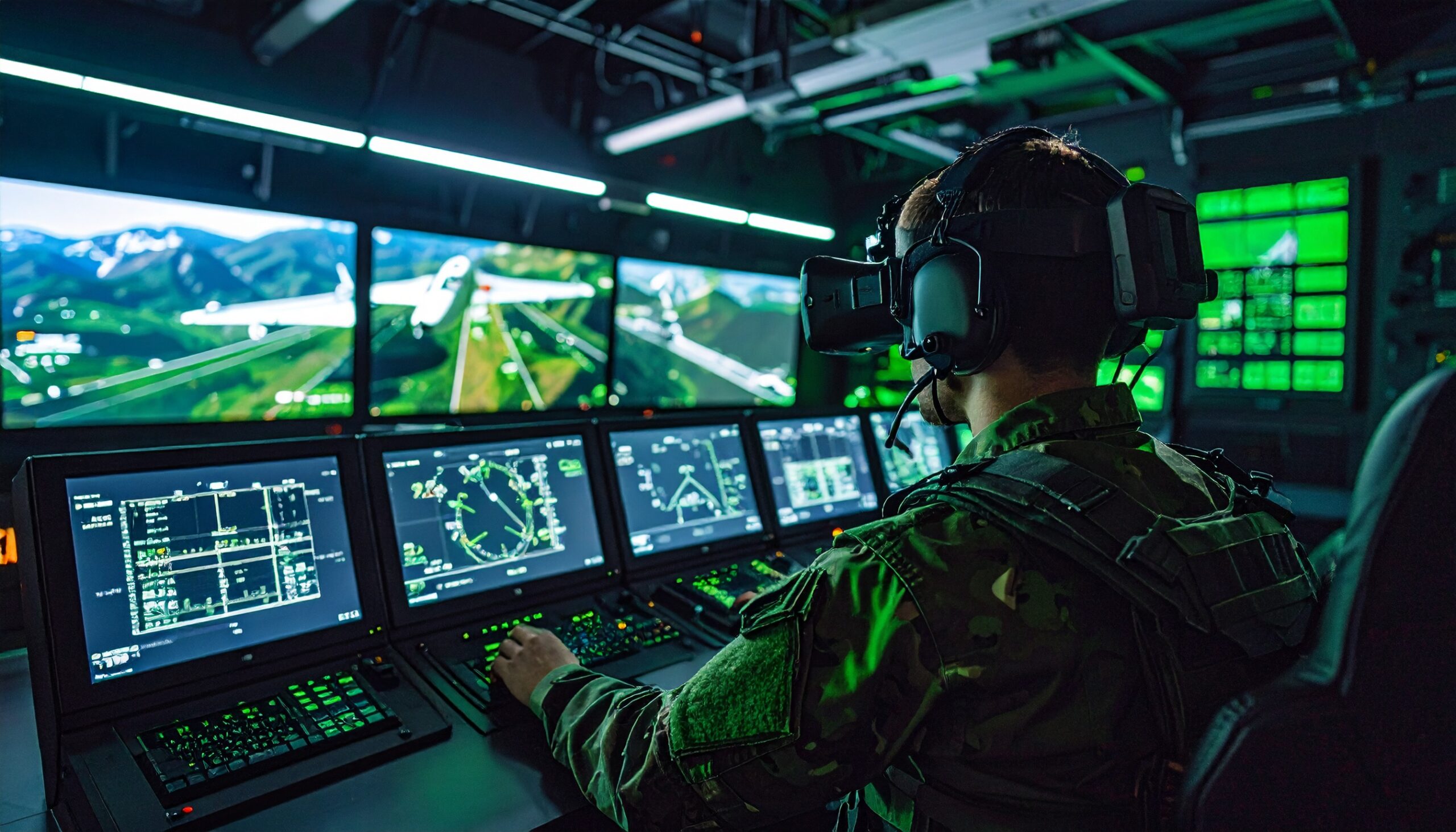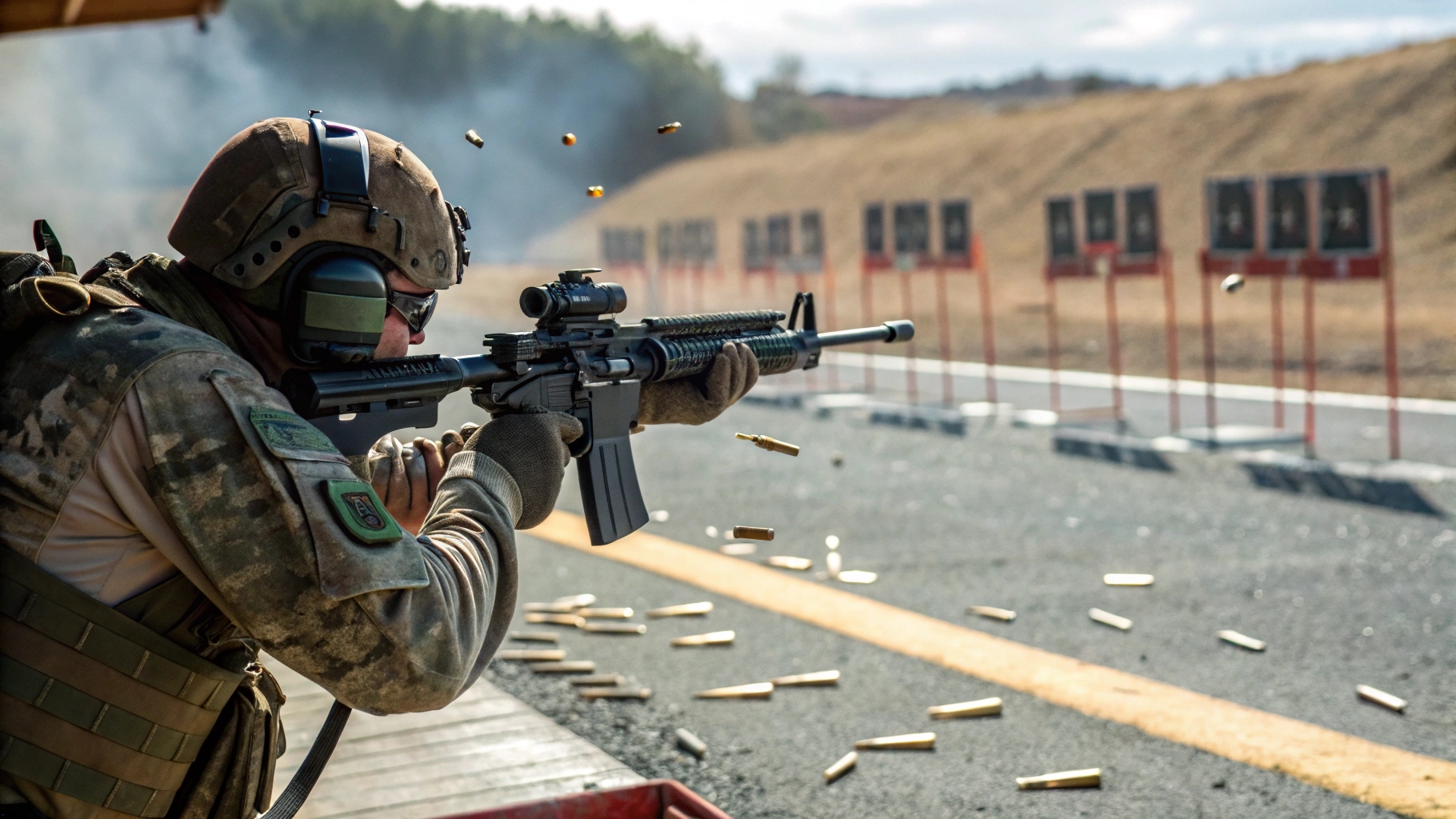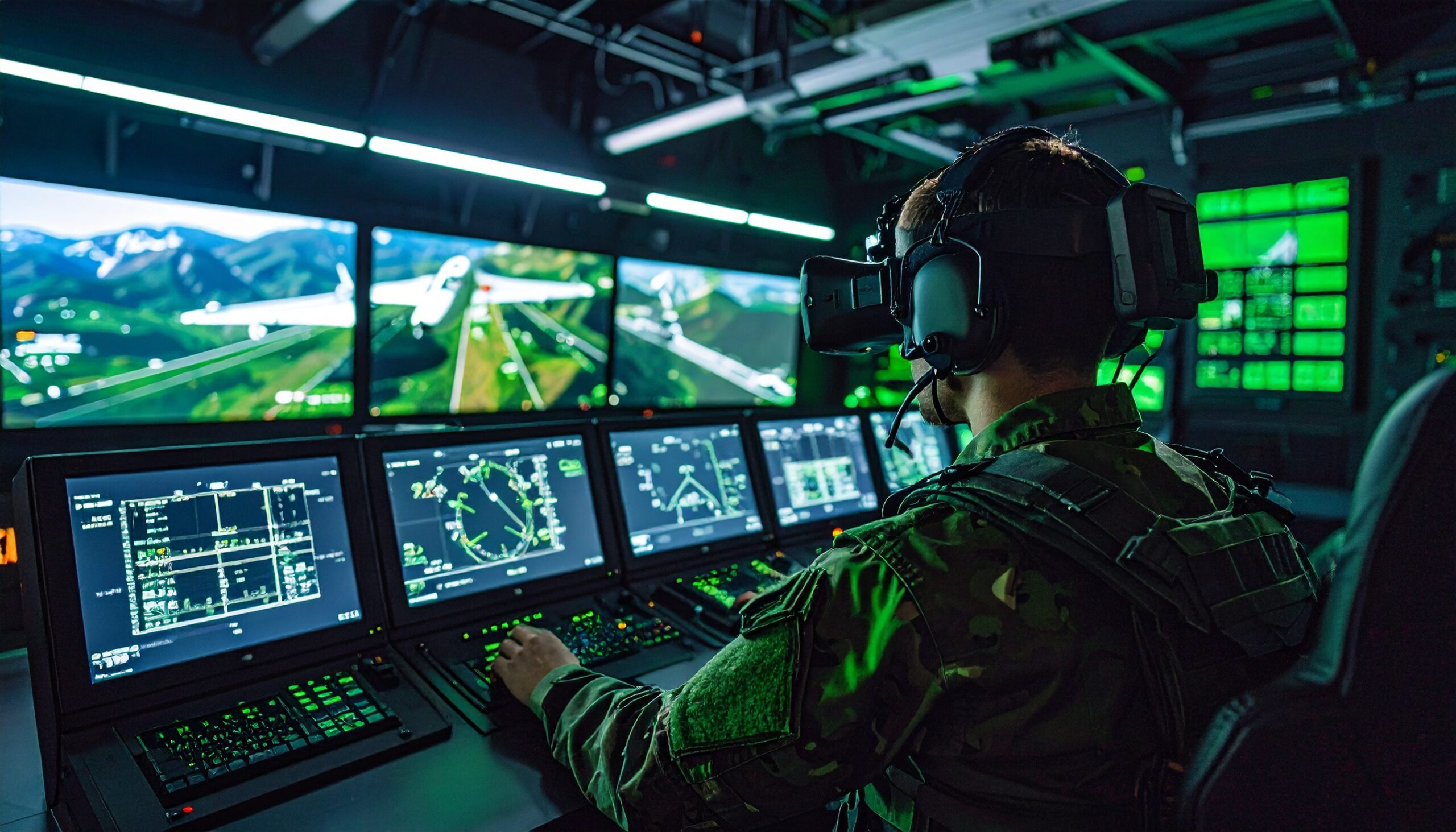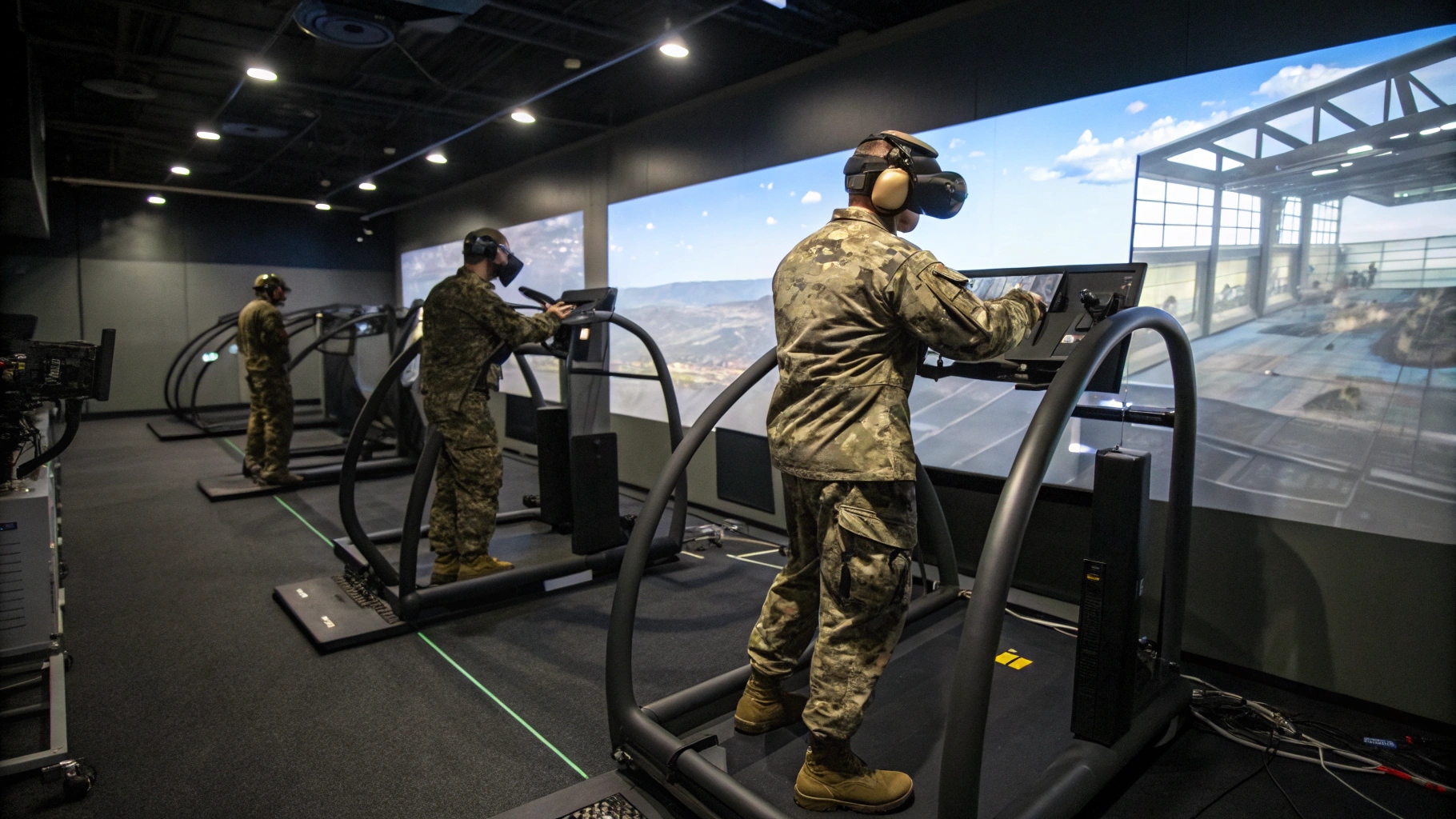
Boeing and Leonardo have teamed up to compete for the U.S. Army’s Flight School Next training program, an initiative that will overhaul the military’s current helicopter pilot training system. The two defense firms plan to combine their expertise to create a comprehensive and digitally driven pilot instruction ecosystem tailored for the next generation of Army aviators.
Under the proposal, Boeing will oversee training design and systems integration, leveraging its deep experience from the AH-64 Apache pilot training programs, which include a blend of simulators, live exercises, and instructor development. Leonardo, meanwhile, will supply its AW119T training helicopter, backed by maintenance and logistics support from its U.S. facilities in Florida and Pennsylvania.
The companies’ joint bid outlines a contractor-owned, contractor-operated model integrating aircraft, simulators, instructors, and digital tools to deliver a seamless training experience. The system aims to increase flight hours, enhance pilot proficiency, and improve maintenance efficiency through automation and data-driven scheduling. If selected, the new framework would replace the Army’s aging UH-72A Lakota fleet with a more flexible, mission-representative platform.
At the core of the bid is Leonardo’s AW119T single-engine multirole helicopter, already proven in pilot training and light utility missions across Israel, Portugal, and Spain. Equipped with dual flight controls, a digital glass cockpit, and night-vision compatible avionics, the AW119T provides an ideal environment for both basic and advanced instruction. Over 130 AW119Ts are in U.S. Navy service, having logged more than 100,000 flight hours, including extensive instrument flight rule (IFR) operations.
The Flight School Next program reflects a broader modernization push across U.S. military aviation training. The Army, Air Force, and Navy are all expanding synthetic and virtual training environments that combine live and digital instruction to reduce costs and enhance realism. The Air Force’s updated Undergraduate Pilot Training program, for instance, now employs virtual reality headsets, AI-based feedback, and data analytics to accelerate skill acquisition. Similarly, the Navy recently awarded HII Mission Technologies a $267-million contract to expand simulator networks, update digital curricula, and enhance readiness for emerging missions.


